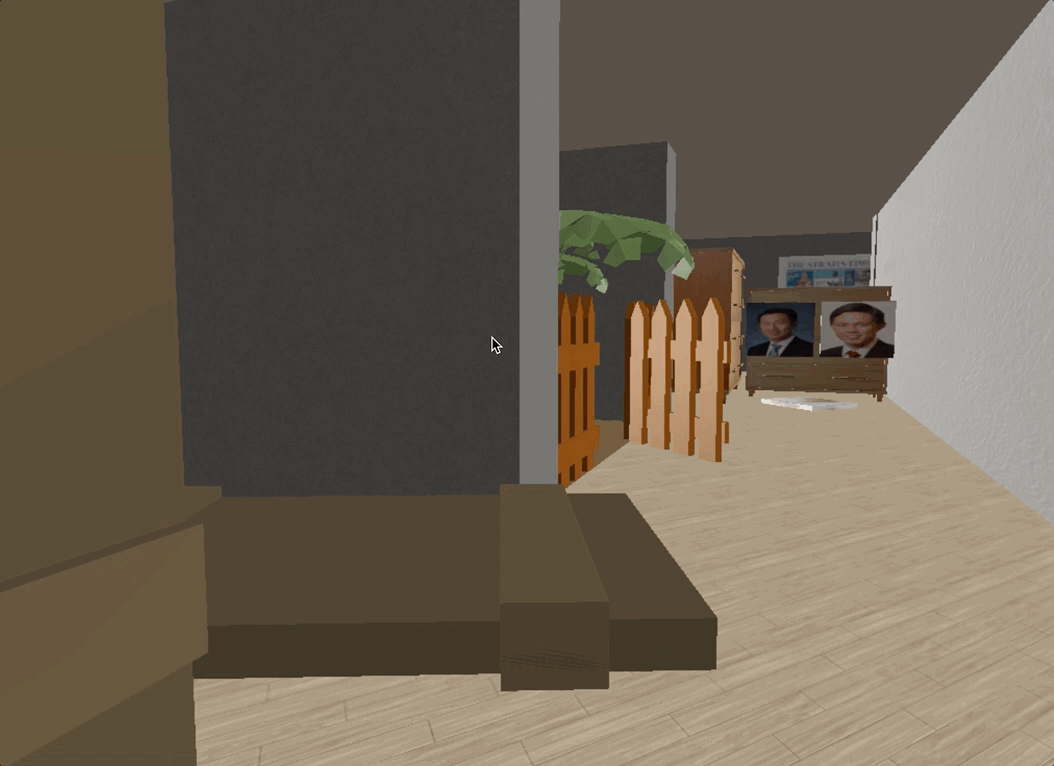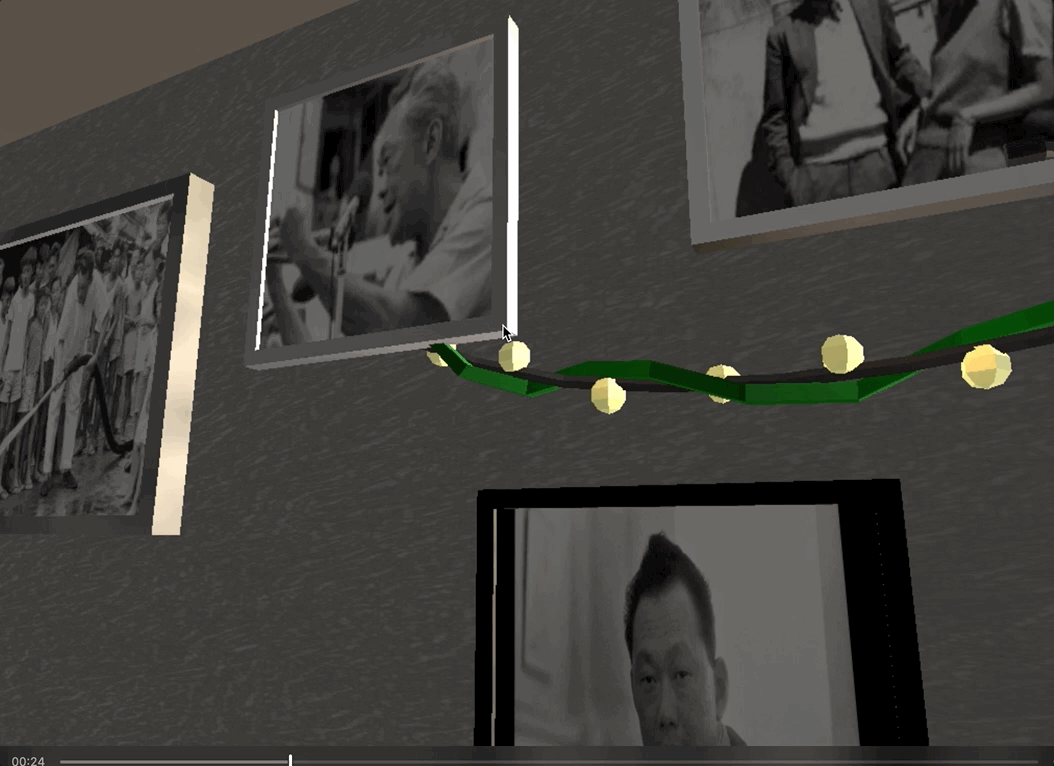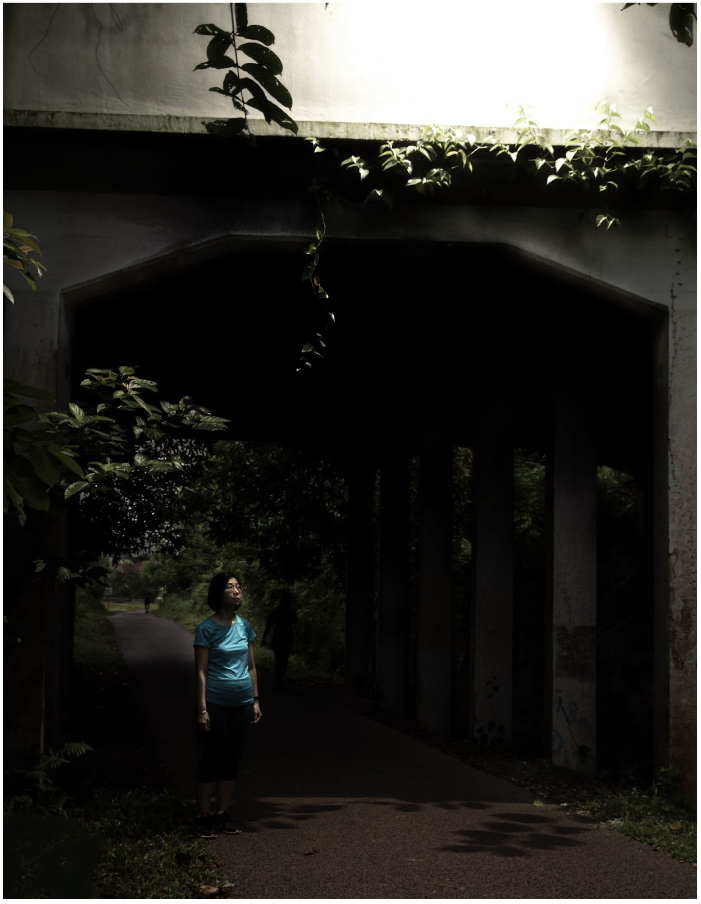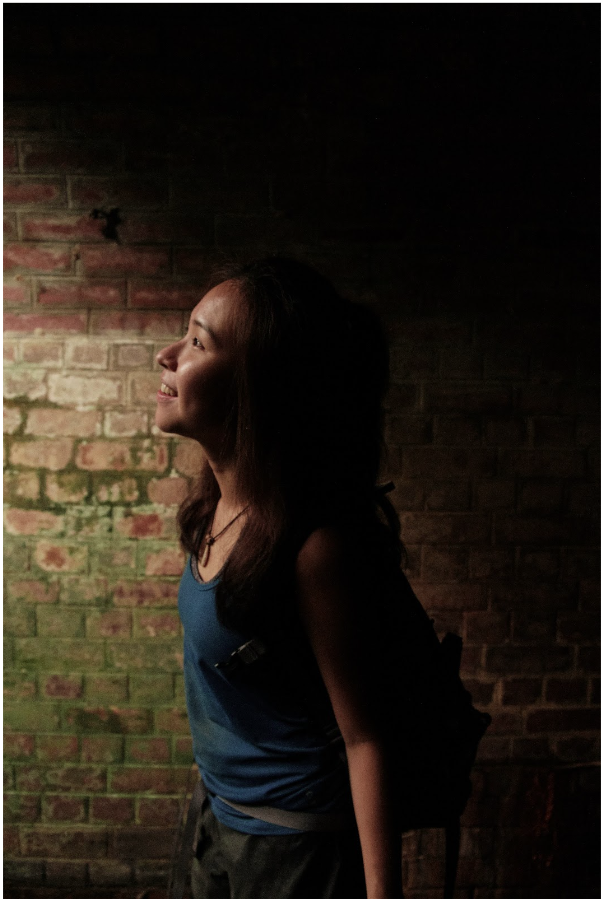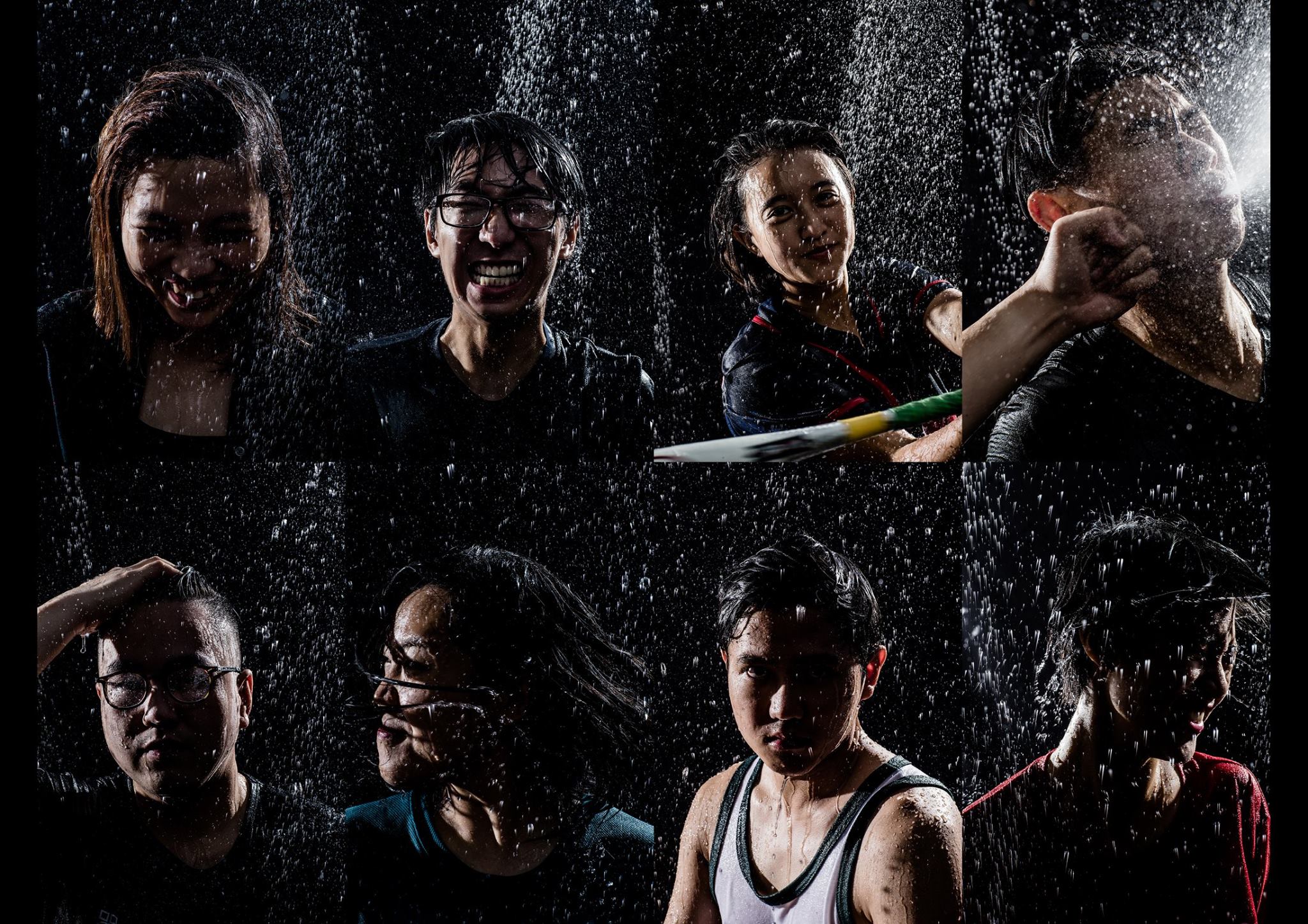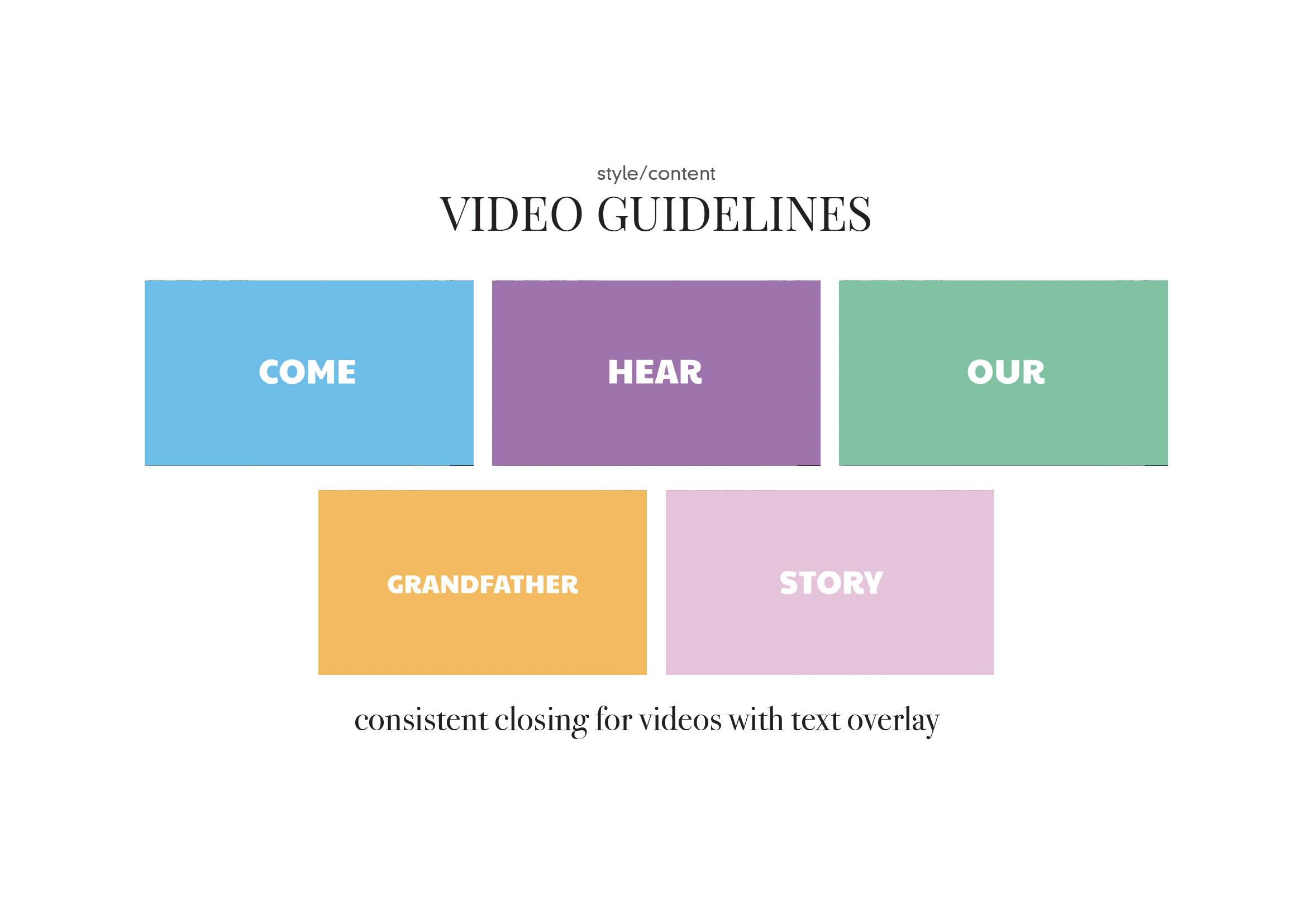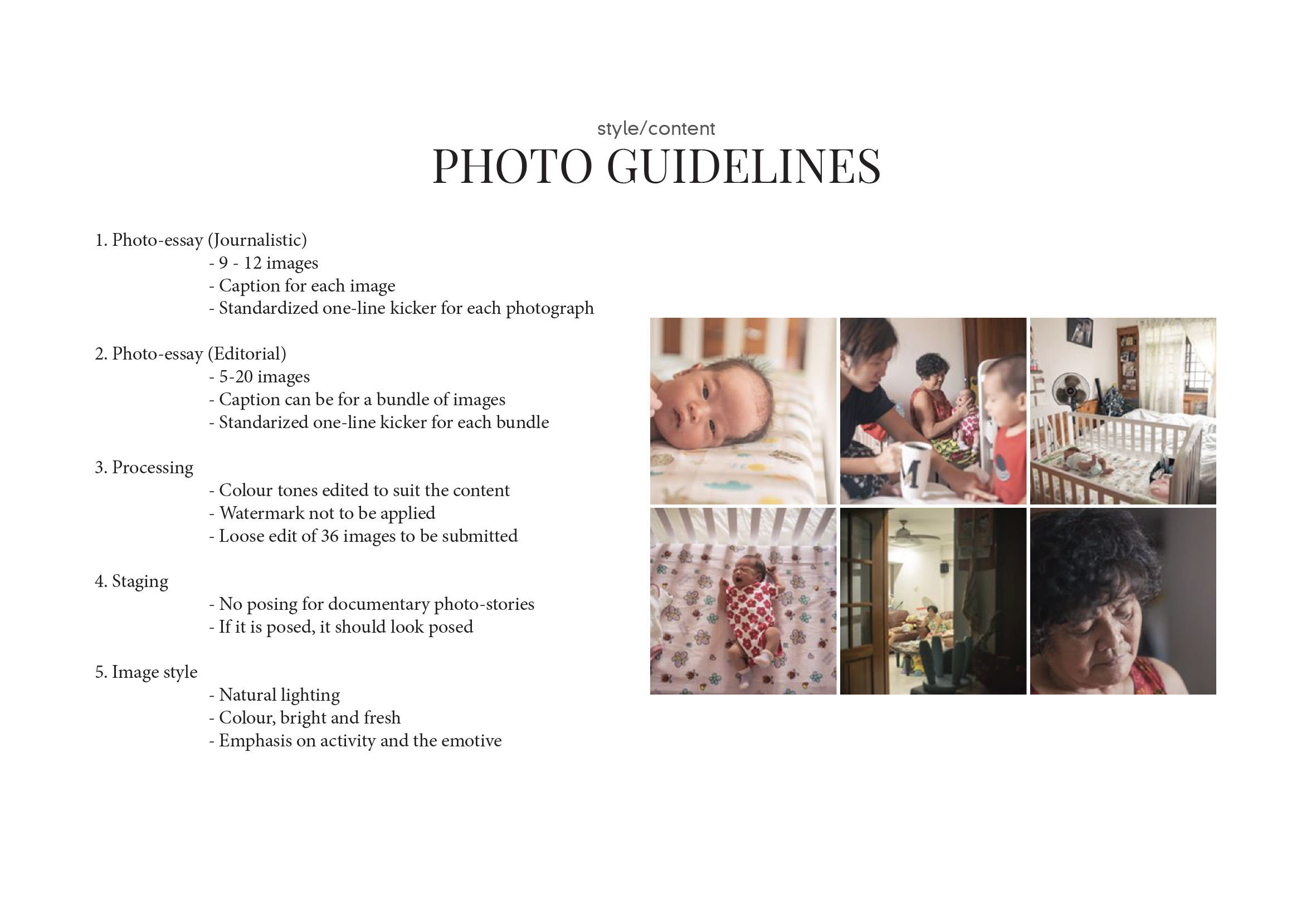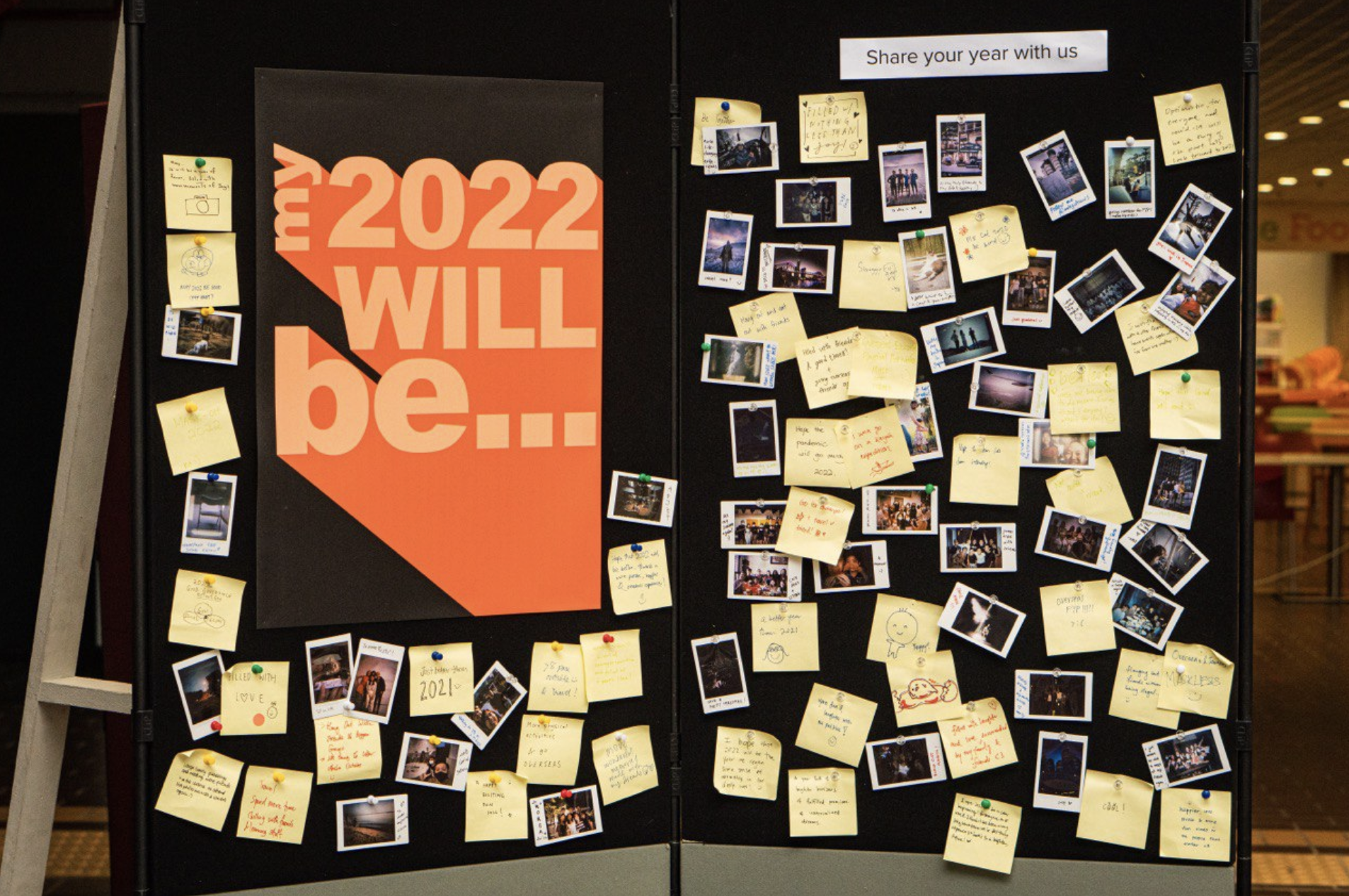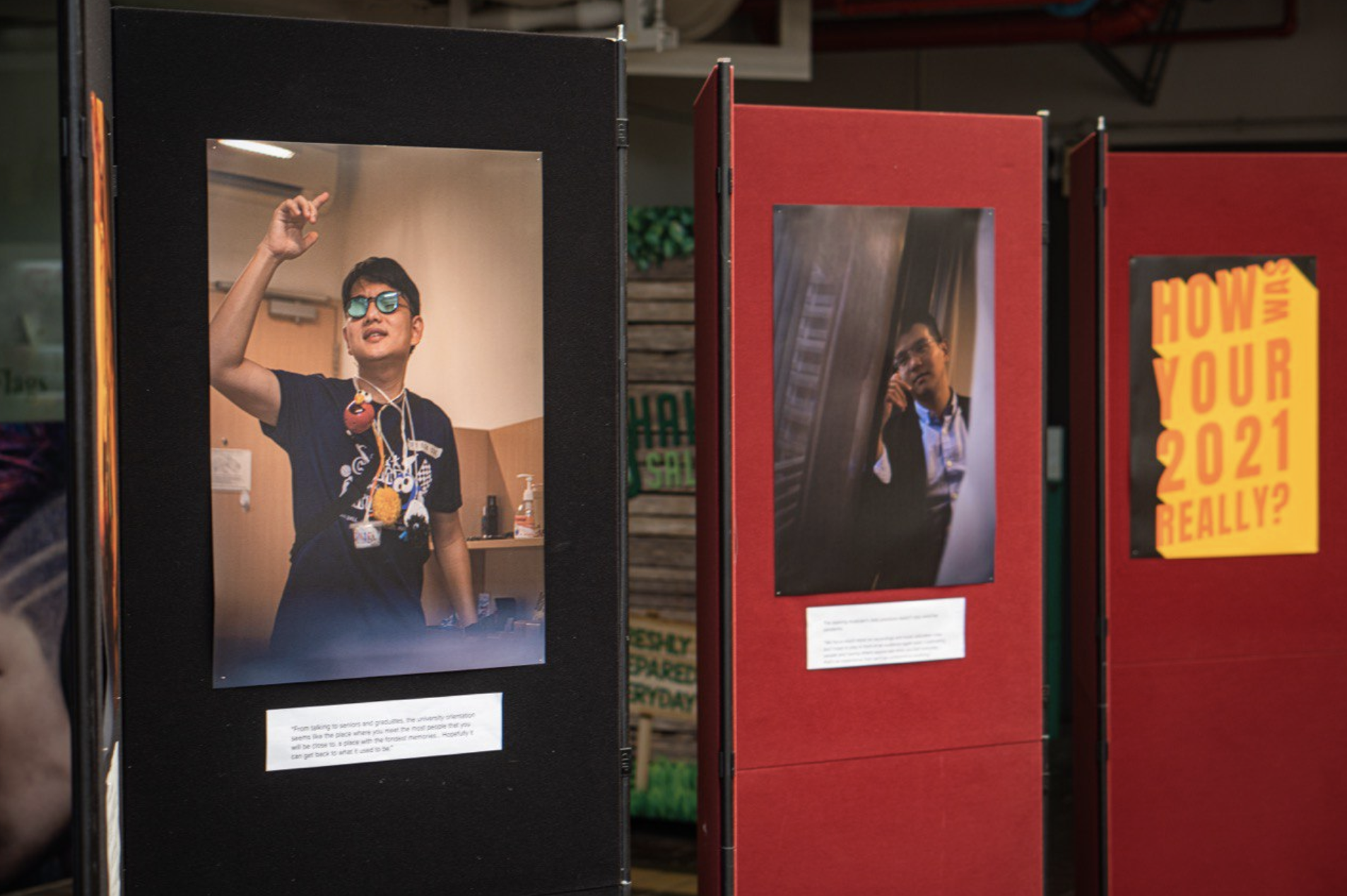ADVANCED PHOTOJOURNALISM (CS4023)
an eight-minute primer
![]()
![Syed modelling a set of Augmented Reality filters that the class designed for a story about People's Park Complex. At that time, there was uncertainty about the building's conservation status. The filters were created with Facebook's Spark AR software by Syed and his teammates, Heng Ning, Jiawen and Yu En.]()
It has become fashionable to declare journalism’s death.
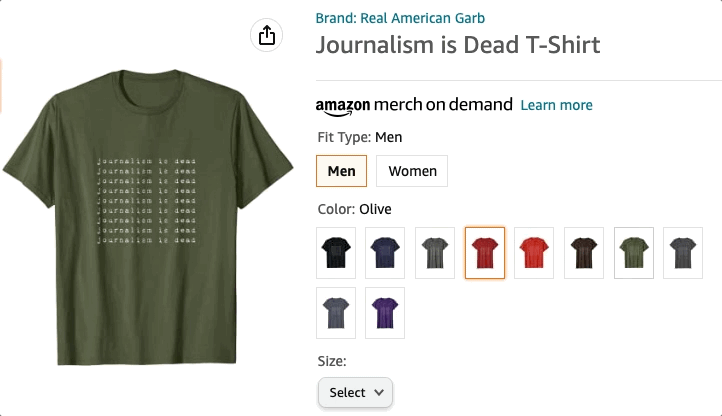
I find it highly unproductive to sit around a room, and add to that “Cause of Death” list.
Instead, in this course, we work on experimental projects that attempt to dissect the challenges confronting Visual Journalism. And hopefully, find new opportunities to reach audiences.
︎
Visual Tech: Change is the only Constant
In the last fifteen years:
Canon’s 5DMkII put a cinematic video camera into the hands of the average photographer.
Twitter’s speed and Facebook’s feed meant that journalists everywhere are on the same deadline (ie NOW).
A legion of neo-journalism outfits like Vice, Buzzfeed, Vox and Mothership has won over audiences tired of content from old institutions.
“Shot on iPhone” is now(really) a thing.

As technology changes, coursework needs to evolve too. APJ is a highly dynamic and experimental course unafraid to try new ways and learn new tools to tell stories to an increasingly tech- and media-savvy audience.
Over the years, we have worked on weird and wonderful applications of AR filters, news gamification(inspired by Financial Times’ Uber game) and Text-to-Image AI Engines like Dall-E and Midjourney.![Gabriel, Violet, Ellis and Claudia created a Virtual Reality experience called "Find The Remote" for a news gamification assignment. The game - set a mansion in disrepair - was a tongue-in-cheek look at the Oxley Road saga.]()
![Gabriel, Violet, Ellis and Claudia created a Virtual Reality experience called "Find The Remote" for a news gamification assignment. The game - set a mansion in disrepair - was a tongue-in-cheek look at the Oxley Road saga.]()
![Gabriel, Violet, Ellis and Claudia created a Virtual Reality experience called "Find The Remote" for a news gamification assignment. The game - set a mansion in disrepair - was a tongue-in-cheek look at the Oxley Road saga.]()
![Gabriel, Violet, Ellis and Claudia created a Virtual Reality experience called "Find The Remote" for a news gamification assignment. The game - set a mansion in disrepair - was a tongue-in-cheek look at the Oxley Road saga.]()
![Gabriel, Violet, Ellis and Claudia created a Virtual Reality experience called "Find The Remote" for a news gamification assignment. The game - set a mansion in disrepair - was a tongue-in-cheek look at the Oxley Road saga.]()
︎
Core Skills Still Matter
And they matter a lot. APJ’s experimental spirit must be anchored by a solid set of core skills.
![In a collaborative assignment, each member of the class was assigned to research and seek out strong stories that could be told in a single portrait, for a book about the rail corridor. // PHOTO: Isabel Kua]()
![In a collaborative assignment, each member of the class was assigned to research and seek out strong stories that could be told in a single portrait, for a book about the rail corridor. // PHOTO: Yong Li Xuan]()
![In a collaborative assignment, each member of the class was assigned to research and seek out strong stories that could be told in a single portrait, for a book about the rail corridor. // PHOTO: Macarius Chia]()
![In a collaborative assignment, each member of the class was assigned to research and seek out strong stories that could be told in a single portrait, for a book about the rail corridor. // PHOTO: Shintaro Tay]()
![In a collaborative assignment, each member of the class was assigned to research and seek out strong stories that could be told in a single portrait, for a book about the rail corridor. // PHOTO: Helene Tian]()
Aspiring photojournalists (most of them in their third or final years) must be given the opportunity to hone core skills, which include advanced lighting techniques, conceptualisation and shooting skills to put together feature journalism packages, and learning to conduct rigorous research.
APJ provides a space for that.
![A Von Wong-inspired wet photo booth set up for (very serious) practice during class time. // PHOTOS: Shaun Tan]()
︎
Can we find an audience for our stories?
The is one of the key questions we want to answer in APJ.
![Excerpts from an early brand guide from the Our Grandfather Story team. // CREDIT: Matthew Chew, Carine Tan, Cheah Wenqi and Ng Kai Yuan]()
![Excerpts from an early brand guide from the Our Grandfather Story team. // CREDIT: Matthew Chew, Carine Tan, Cheah Wenqi and Ng Kai Yuan]()
![Excerpts from an early brand guide from the Our Grandfather Story team. // CREDIT: Matthew Chew, Carine Tan, Cheah Wenqi and Ng Kai Yuan]()
![Excerpts from an early brand guide from the Our Grandfather Story team. // CREDIT: Matthew Chew, Carine Tan, Cheah Wenqi and Ng Kai Yuan]()
In 2017, a group of APJ students responded to this question with a concept for a content publishing platform they called Our Grandfather Story or OGS. As part of their final project for the module, they produced the platform's first 4 pieces of content, a business plan and a brand guide.
OGS now boasts close to a million followers on their social media platforms.
While I am proud of OGS’ achievements, I also believe that finding your audience doesn’t always mean hitting a million views on your story.
In fact, the lack of business pressure on student journalists create a fertile ground for good community journalism efforts.
!["How was your 2021, really?" was a community exhibition focused on a year of opportunities lost to Covid. All the profiles shot for the stories were NTU students and staff. And a mini-exhibition was held next to the South Spine canteen, where visitors could leave notes about their own lost year. // CREDIT: Isabel Kua, Caleb, Macarius Chia, Joee, Li Ting]()
![]()
![]()
![]()
![]()
︎
We sometimes get caught up with the excitement of predicting that “______ is going to be the next ______” .
But what is more important here is learning to find ways to tell a story meaningfully using a nascent technology or a particular trend. That ability to adapt quickly and to avoid the easy temptation to complain (see: “Journalism is Dead!”) will serve young journalists well in the next ever-changing 15 years.
︎Past Speakers/Mentors:
Chua Chin Hon (Today)
Hillary Tan
Chang and Yusof (Vamos)
Juliana Tan
Eugene Soh (Dude.sg)
Lenne Chai
Desmond Lim (Temasek)
Wenqi and Amrit (Our Grandfather Story)
Ore Hui Ying
︎


